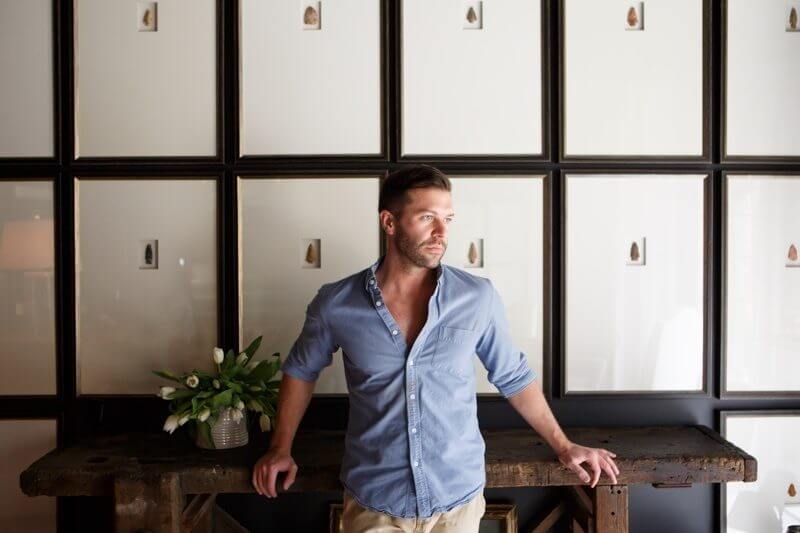Throughout his childhood in Tupelo, Mississippi, Memphis-based designer Sean Anderson dabbled in the arts. “My mom was very artistic, and she was always encouraging us to expand our horizons and do what we were good at,” says Sean, owner of Sean Anderson Design. “I did a lot of art throughout high school. It kind of started there and segued into design as I got older. I think I still have boxes in the attic of magazines and clippings I would pull for one day when I had my own home.”
Today, Sean has turned that lifelong flirtation with design into a career he loves, delivering on his passion with an effortless blend of fresh-meets-functional and classic-meets-contemporary design. “The whole process for me is a very collaborative one,” Sean says. “Every project I’ve taken on, it’s very hands-on with my clients, the homeowners. At the end of the day, I want to be happy with what I’ve done, but it’s their happily ever after. I really want — when I walk out those doors and they’re left with it — for them to love what I’ve done.”

You seem to be Architectural Digest’s favorite designer lately — your designs and advice have been splashed across those pages a lot! How does it feel to be on that national stage?
Talk about a complete surprise! The team at Architectural Digest has been so gracious and kind to me. I can’t thank them enough for all the support they have given me. It has certainly put the pressure on to make sure I bring my A game!
Why did you become an interior designer?
It’s simple — I found the only thing I was remotely good at! Or, I should say, it found me. To be honest, design was something that had always been of interest to me, but it wasn’t until I was able to begin working on my own home as a young adult and seeing the way it was received by friends and family that I even began to consider it as a potential career. From that moment on, my passion for design has become a borderline obsession.

Where did you study design?
I didn’t. So, I will say that starting out and having a job built on nothing but gut instinct was a bit of an obstacle, something that I struggled with every day. You know, self-doubt really has a way of sneaking in and making itself known. However, I can say that today, I’m able to fully embrace having no form of formal training, and I can find comfort in the fact that I don’t have the restrictions that I’ve seen sometimes plague those that do.
Tell us about your early career. Where did you work and what were your first jobs?
I spent my early 20s searching for “my path,” unsure of what my calling was and where that might lead. I bounced from job to job; you name it, and I’ve done it, from stocking groceries and scrubbing toilets to bartending and electrical work. Needless to say, I’m happy my path has led me here.
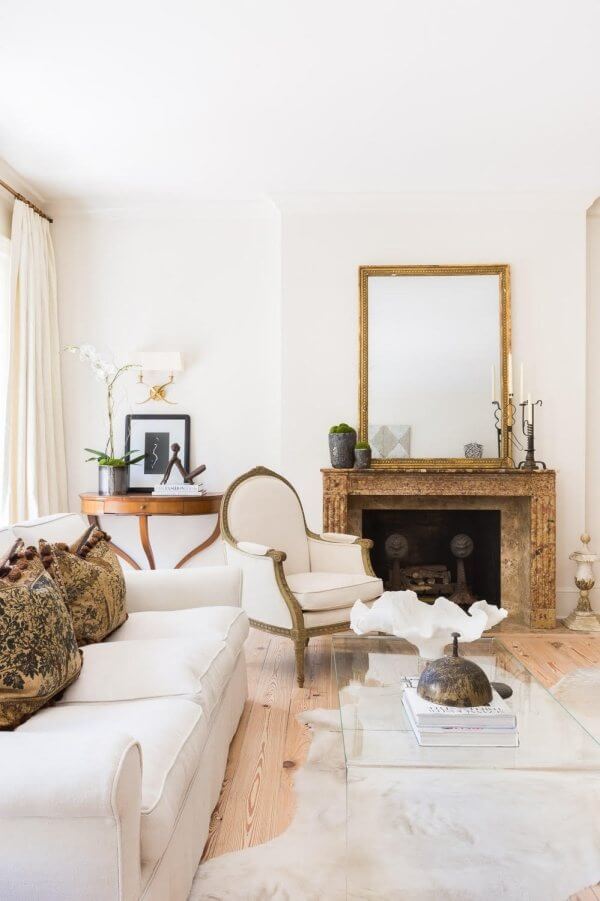
Where do you find your inspiration?
As most designers will likely tell you, inspiration is all around and shows itself in a myriad of ways. I often find it in more traditional forms like scenes in nature or certain architectural elements, but it also presents itself sometimes in the most unlikely of places. I have found myself walking a grocery aisle and the symmetry of stacked goods or a specific color combo on a label will scream out to me. So really, it’s all around us — it just depends on how much we’re paying attention.
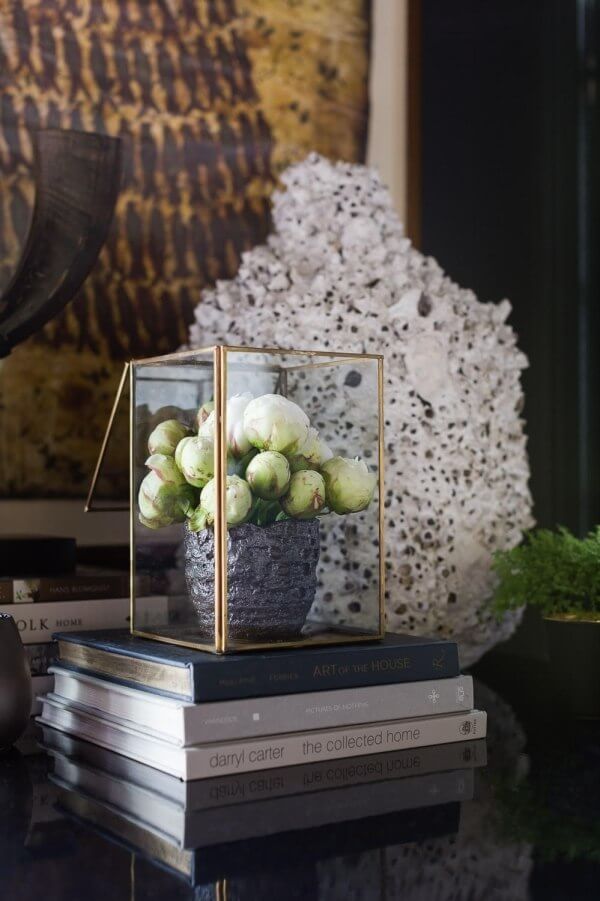
Who have been your industry role models and mentors, and why?
The first to come to mind is Darryl Carter. No one can mix various styles and pieces from different eras the way he does! Plus, he’s a bit of a neutrals guy, and that speaks directly to me. I was able to attend his store opening in Washington, D.C., a few years back, and he was kind enough to go to dinner with me afterward and provide a few words of wisdom — words that I’ve held onto ever since! Also, Jeffrey Alan Marks and Nate Berkus are two others whose careers I’ve followed closely over the years and who I have been greatly influenced by.
RELATED: The Flip Side of Tradition: Sean Anderson Transforms a 1960s Home
What else are you influenced by, and how does that translate into your designs?
I’m influenced by “feeling.” Step one for me on any new project is to fully grasp the feel, the mood that the space needs to convey. Each subsequent detail relies on that initial development, and each decision is consciously made to evoke that feeling.

What has been your most challenging project to date, and why?
I can’t say that one particular project comes to mind; each is vastly different from the next in its own unique way, and that’s what I love so much about this job! Having to constantly flip the script — moving from a dark, masculine bachelor pad one minute to a soft, feminine nursery the next really keeps you on your toes.
How would you describe your design aesthetic, and how do you translate that to a client’s home?
Hmm … I would say ever-evolving. Texture is a key component of my aesthetic; each space I create is rooted in it. No matter the style, texture is the purest way of creating visual interest without requiring a loud statement to make its presence known. I’m a no-frills designer. Less is always more in my book.
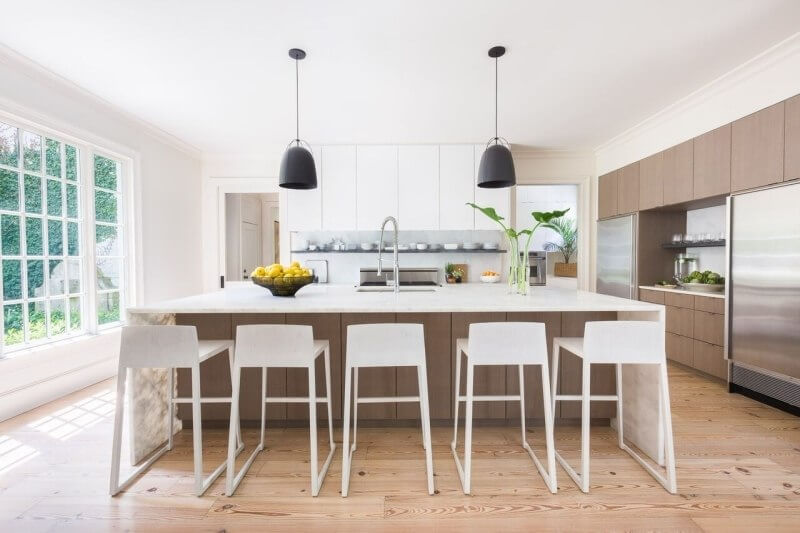

How do you think Memphis’ design scene differs from that of the rest of the country?
I don’t know that it does. Artists are true visionaries, each with his or her own distinct signature — that’s universal. One thing I can say for Memphis that might not be so common is that we are a community that truly seems to root for one another. Same profession or not, sharing in successes and being willing to lend a helping hand only benefits each of us and makes us stronger as a unit. That’s something I’m happy to be a part of.
What’s your favorite room in your own home?
Well, having recently moved into a home in need of major renovations, I had to create a temporary fix while we work on those plans. I decided to be a bit daring and painted my entire home (inside and out) black, and I’m so happy with it! You’ll always find me with a fire burning during the winter, so right now I’d say my den, with its two floor-to-ceiling gallery walls covered in my favorite pieces of art collected over the years.
Are there any local design resources you think of as go-to’s?
There are so many … Garner Picture Framing – Chris handles all my framing. Blu D’or, who covers all my Lee Industries needs. Sheffield Antiques Mall, where I’m always able to find that old, unexpected piece I’ve been searching for. And of course, Garden District, where I always find something I want, whether I need it or not!
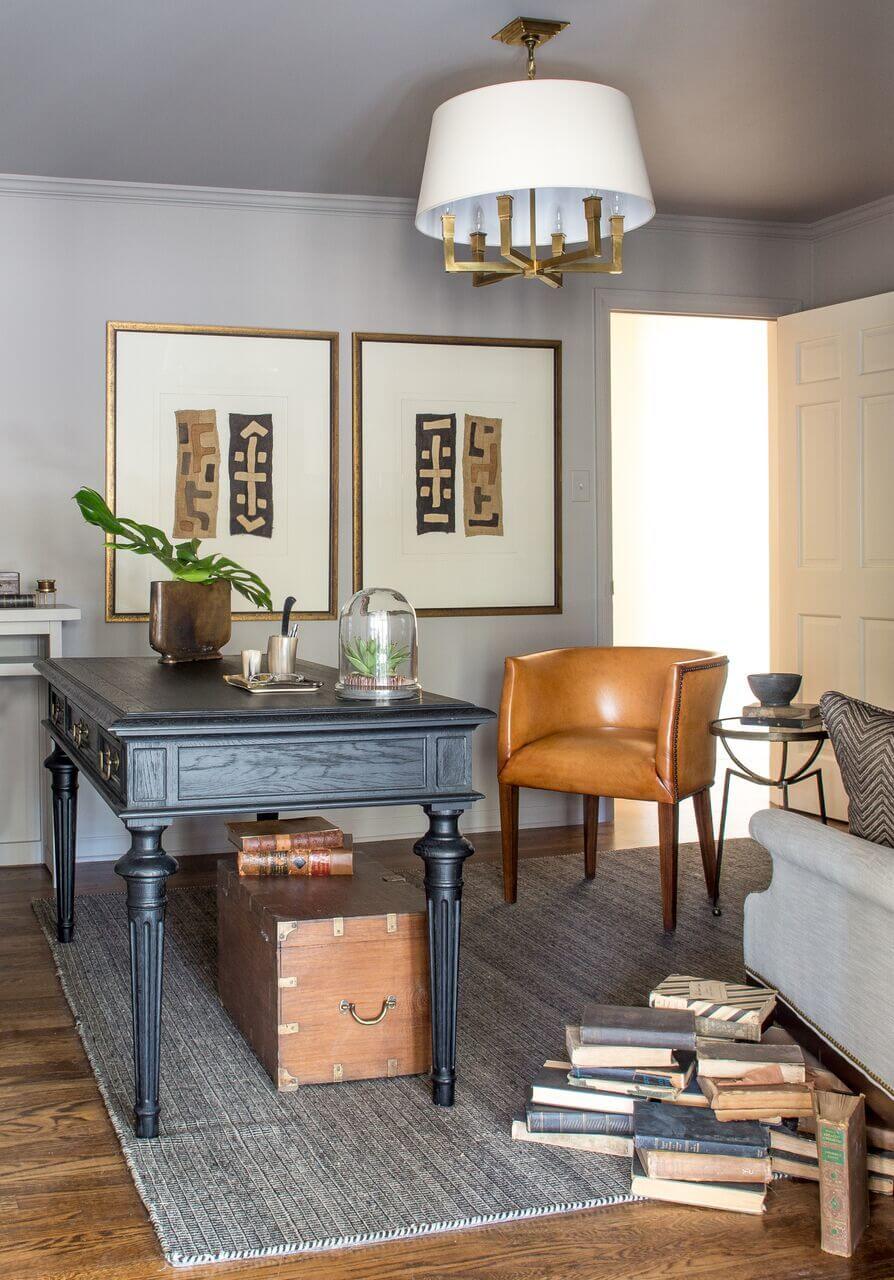
Will you share one design secret with us?
Buy what you love, when you find it! I’ve had so many clients who are hesitant to make a purchase because its permanent placement hadn’t been determined. Trust me, I’ve learned from personal experience: if you buy what you love, it will always organically find its home, and you won’t have to live with the regret of an opportunity missed.
RELATED: Design Lust: Can These Homes Get Any More Amazing?!
What’s your best piece of advice as it relates to design?
If you’re going to hire a designer, do it early in the design process. Having that watchful eye ensures that the project is executed with exact precision and safeguards against any potential mistakes.
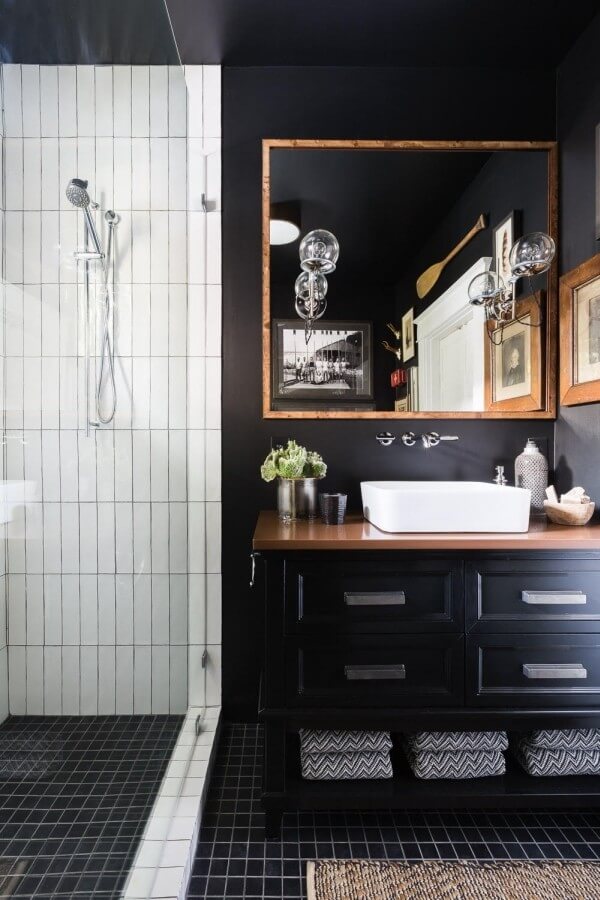
A huge thanks to Sean for taking time to share his story, insights and amazing gift for creating gorgeous spaces. To view more of Sean’s work or to contact him, visit seanandersondesign.com.
Also, thanks to Alyssa Rosenheck and Julie Wage Ross for today’s beautiful photography of Sean’s work and to Micki Martin for the lovely portrait of Sean.
**********
Stay in the know! Subscribe to StyleBlueprint and be connected to the best of Memphis.



















